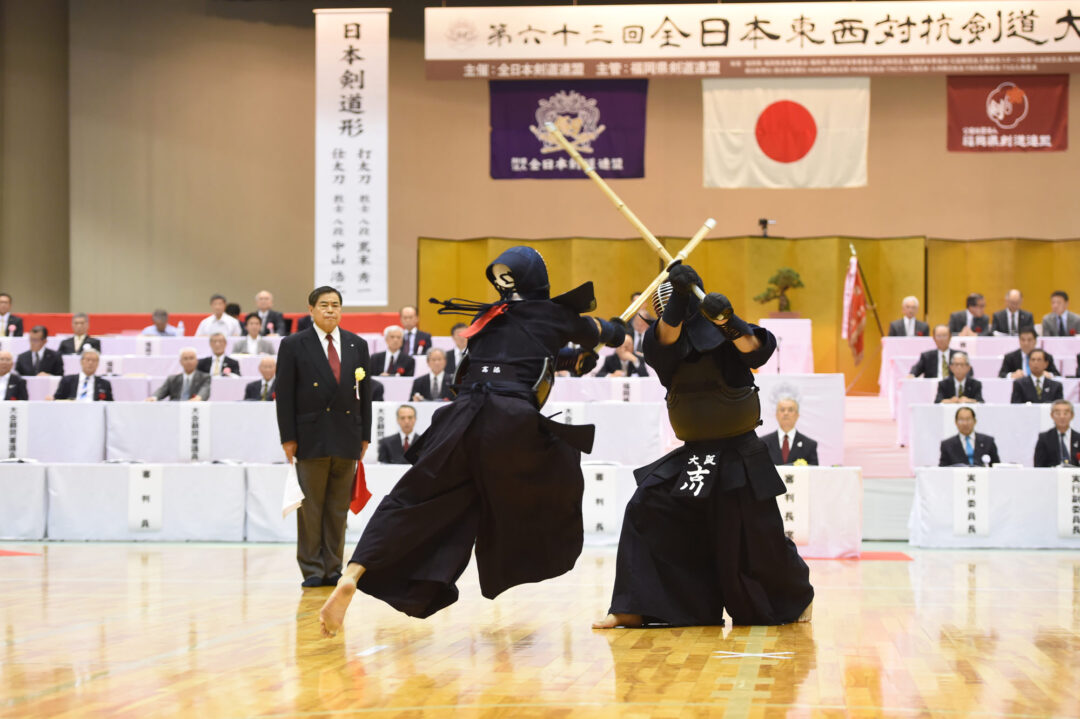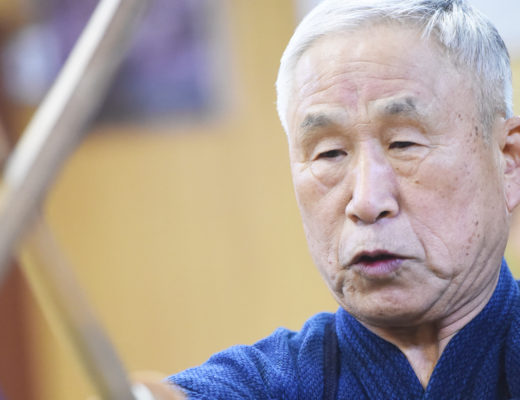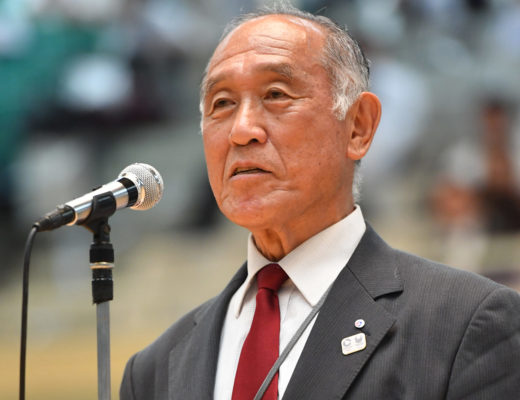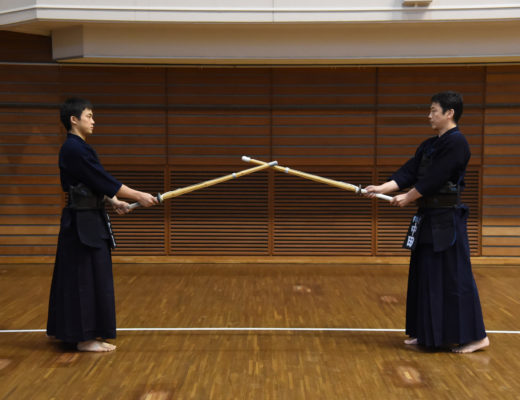KENDOJIDAI 2021.1
Kihon practice makes perfect
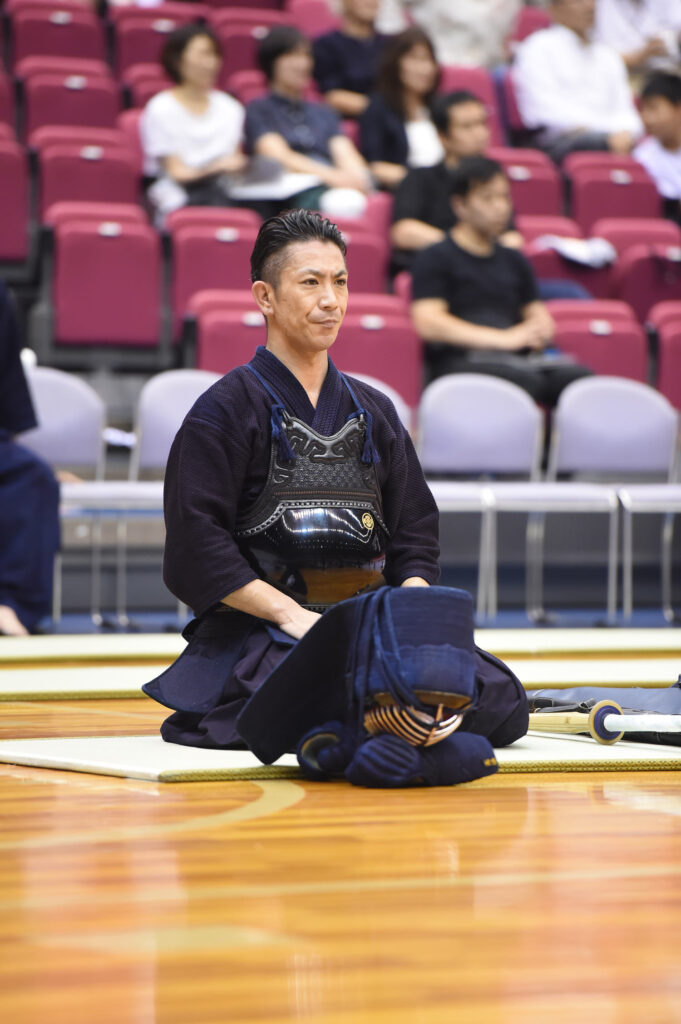
Born in Yamanashi Prefecture in 1978. After graduating from Horikoshi Gakuen High School, he went on to study at Asia University. After working for the Yamanashi Prefectural Police, he is currently an assistant professor at the National Police Academy. He has participated in the All Japan Championships, the All Japan East-West Tournament and the All Japan Inter-Prefectural Tournament.
Embodying strength and integrity
Aiming for the Ideal Men-strike
When it comes to Men-strikes, the phrase “fair and square, head-to-head” is probably the most appropriate. In baseball, it would be a “straight pitch”. Of course, there is a lot of flair to be found in strikes that vary in angle and in techniques that respond to them, but I believe that the real beauty of Men-strikes lies in expressing oneself through aggressive Shikake-waza. In my own training, I aim to embody strength and integrity, based on the spirit of fairness and honesty.
1. Vocalize loudly, swing big, strike straight
Men is most open to attack, but at the same time the most distant and difficult part to strike accurately. Therefore, it is important to acquire the basic, big striking techniques by practicing as many strikes as possible in Yakusoku- (agreed upon) and Uchikomi-geiko.
Currently, I am in a position to instruct police officers from all over Japan at the National Police Academy. Since most of the students are lower Dan students, I make sure to show them examples, use correct Kendo terminology, and explain in simple terms. The main content of the training is basic movements and Shikake-waza. For Shomen-strikes (straight Men-strikes), we teach the students to take big swings and strike straight. Depending on the skill level, I may also advise to swing over the head and strike straight (head-on) with a strong voice from the bottom of the stomach. It’s simple, it’s the basis of striking, and it is all about consistent effort.
2. Kihon Keiko with emphasis on stability of the body
Everyone wants to strike as fast as possible from as far as possible. The more this feeling prevails, the more forceful you become and the more unstable your body becomes. If you are not careful, you may not be able to reach your opponent’s Men, airswing, and disrupt your posture. In addition, when you strike head-on, contact with the body is inevitable. You want to learn to use your body in a stable manner from start to finish, without being knocked away or disrupting your posture. With this in mind, I pay attention to the following points in basic training.
Know your Maai and strike with ease
It is necessary to practice with the intention of striking from far distance. However, it is counterproductive to strike from a far distance without knowing the distance between where you can strike and where you cannot strike. In order to grasp the timing in which I can strike within one step without difficulty, I thoroughly practice striking from a relaxed start. How to get into the Maai is important when attacking and defending against an opponent, but I think it is important to feel the Issoku Itto no Maai through repeated practice and let it sink into the body memory.
The rest of this article is only available for Kendo Jidai International subscribers!

